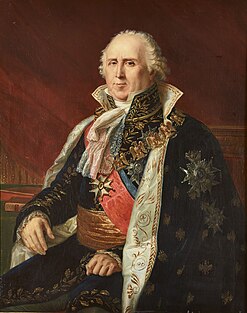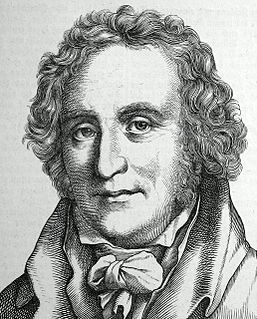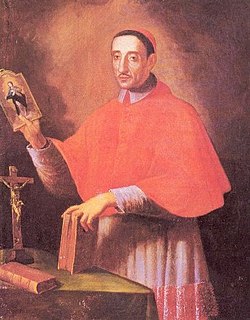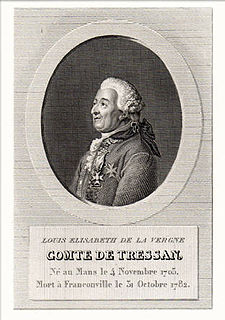 W
WGiuseppa Eleonora Barbapiccola was an Italian natural philosopher, poet and translator. She is best known for her translation of René Descartes' Principles of Philosophy to Italian in 1722. In her preface to her translation of Principles of Philosophy, Barbapiccola claimed that women, in contrast to the belief of her contemporaries, were not intellectually inferior out of nature, but because of their lack of education. Neapolitan scholars credited Barbapiccola as the individual who brought Cartesianism thought to Italy.
 W
WLuisa Bergalli, was a Venetian writer and translator.
 W
WLittle information remains of Joshua Dinsdale, who published books, pamphlets and poems between the years 1740–51. He had a Master of Arts degree, signified by the letters A.M. after his name on one of his translations. That he may also have been a clergyman is suggested by his A Sermon on Charity published in August 1740. In 1740 he also published two free adaptations of sections from fr:Jacques Vanière's Latin poem Praedium Rusticum, a georgic compendium of rural know-how popular during the 18th century. The Dove-Cote or, the art of breeding pigeons, a poem was a version of the 13th section (Columbae) of Vanière's poem; this was published anonymously but later ascribed to Dinsdale. It was followed by The Modern Art of Breeding Bees, this time signed with his name. However, only the first two cantos of the 14th section of Vanière's work were drawn upon for that work. And Dinsdale's own opening lines are addressed to Virgil, who dealt with the subject of bee culture in the fourth book of his Georgica, thus placing Dinsdale's poem too in the 18th century tradition of English classical imitations.
 W
WSamuel Dyer (1725–1772) was an English translator.
 W
WDenis Ivanovich Fonvizin was a playwright and writer of the Russian Enlightenment, one of the founders of literary comedy in Russia. His main works are two satirical comedies, one of them Young ignoramus, which mock contemporary Russian gentry and are still staged today.
 W
WAntoine de La Fosse Premier gentilhomme de la Chambre, was a French playwright who wrote four tragedies, and was the last French author of tragedies to make a name for himself at the end of the 17th century.
 W
WCharles-François Lebrun, 1st duc de Plaisance, was a French statesman who served as Third Consul of the French Republic and was later created Arch-Treasurer and Prince of the Empire by Napoleon I.
 W
WTekla Teresa Łubieńska – was a Polish playwright, poet and translator.
 W
WClaudine Picardet was a chemist, mineralogist, meteorologist and scientific translator. Among the French chemists of the late eighteenth century she stands out for her extensive translations of scientific literature from Swedish, English, German and Italian to French. She translated three books and thousands of pages of scientific papers, which were published as well as circulated in manuscript form. She hosted renowned scientific and literary salons in Dijon and Paris, and was an active participant in the collection of meteorological data. She helped to establish Dijon and Paris as scientific centers, substantially contributing to the spread of scientific knowledge during a critical period in the chemical revolution.
 W
WBarbara Urszula Sanguszko, née Dunin was a Polish noblewoman, poet, translator, and moralist during the Enlightenment in Poland. She organised and hosted a salon in Poddębice, where the gathering of intellectuals, artists and politicians was modelled after French 18th-century salons. Sanguszko was known for her piety and philanthropy. She was the third wife of the much older magnate and Grand Marshal of Lithuania, Duke Paweł Karol Sanguszko (1682–1750).
 W
WElizabeth Smith was an English translator, linguist, and Biblical and Oriental scholar.
 W
WFriedrich Leopold Graf zu Stolberg-Stolberg, was a German poet, lawyer, and translator born at Bramstedt in Holstein.
 W
WJoseph Mary Tomasi (12 September 1649 – 1 January 1713) was an Italian Theatine Catholic priest, scholar, reformer and cardinal. His scholarship was a significant source of the reforms in the liturgy of the Roman Catholic Church during the 20th century. He was beatified by Pope Pius VII in 1803, and was canonized by Pope John Paul II in 1986.
 W
WFélix Torres Amat or Félix Torres i Amat de Palou was a Spanish Bishop. He translated the Bible into vernacular Spanish and published a record of leading authors in Catalan.
 W
WLouis-Élisabeth de la Vergne, comte de Tressan was a French soldier, physician, scientist, medievalist and writer, best known for his adaptations of "romans chevaleresques" of the Middle Ages, which contributed to the rise of the Troubadour style in the French arts.
 W
WEnnio Quirino Visconti was an Italian antiquarian and art historian, papal Prefect of Antiquities, and the leading expert of his day in the field of ancient Roman sculpture. His son, Pietro Ercole Visconti, edited Versi di Ennio Quirino Visconti, raccolti per cura di Pietro Visconti while Louis Visconti became a noted architect in France. His brother, Filippo Aurelio Visconti was also a classical scholar, who published the Museo Chiaramonti, a successor to the Museo Pio-Clementino.
 W
WCount Sava Lukich Vladislavich-Raguzinsky was a Serbian merchant-adventurer and diplomat in the employ of Peter the Great. He conducted important diplomatic negotiations in Constantinople, Rome and Beijing. His most lasting achievement was the Treaty of Kiakhta, which regulated relations between the Russian Empire and the Qing Empire until the mid-19th century. Also, he was an author of a whole number of pamphlets, monographs, treaties and letters concerned with liberating the lands of the Slavs, then occupied by the Ottoman Empire and the forces of Leopold I.